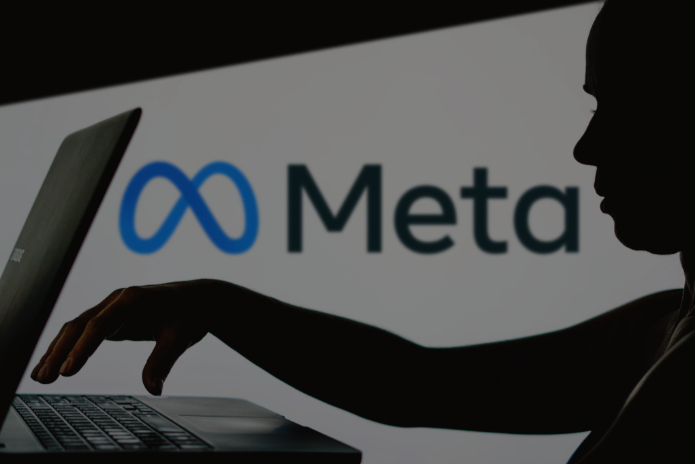Integral Ad Science (Nasdaq: IAS), uma das maiores plataformas globais de medição e otimização de mídia, anuncia o lançamento dos relatórios por categorias contextuais para as plataformas da Meta (Nasdaq: META), ampliando o espectro de mensuração para mídias em formatos de Feed e Reels do Facebook e Instagram. O lançamento reforça a colaboração contínua da IAS com a Meta para fornecer soluções terceirizadas confiáveis e independentes de mensuração e otimização de mídia. O novo recurso promove um alinhamento dos relatórios de mensuração com as categorias contextuais disponíveis na pioneira solução de Listas de Bloqueio de Conteúdo (Content Block Lists) da IAS para a Meta, apoiando os anunciantes em seus objetivos de desempenho e adequação de marca.
“Estamos fechando o ciclo para os anunciantes, fornecendo insights granulares, confiáveis e baseados em IA em toda a Meta, que alimentam soluções de otimização para proteger o valor da marca, minimizar desperdícios e maximizar o retorno sobre o investimento,” afirmou Lisa Utzschneider, CEO da Integral Ad Science. “Relatórios de medição alinhados às categorias contextuais significam mais cobertura e desempenho para as campanhas de nossos clientes nas plataformas da Meta.”
Como parte da solução Total Media Quality (TMQ) para a Meta, os relatórios de categorias contextuais oferecem aos anunciantes as medições mais precisas e acionáveis em termos de segurança e adequação de marca. O TMQ é impulsionado pela tecnologia multimídia da IAS, que realiza análises quadro a quadro de vídeos — considerando imagens, áudio e texto — para fornecer a medição mais precisa em escala. Os anunciantes que utilizam a solução Content Block List da IAS já podem acessar os novos relatórios contextuais.
Com os relatórios contextuais da Meta, os anunciantes obtêm:
- Mais transparência: Visibilidade ampliada sobre a adequação contextual dos conteúdos próximos aos anúncios no Feed e Reels, com análise confiável de terceiros.
- Relatórios de medição equivalentes: Alinhados às mesmas categorias contextuais da solução Content Block List da IAS para a Meta.
- Categorias contextuais expandidas: Mais de 46 categorias disponíveis — incluindo Política, Desastres Naturais, Religião, Família e Parentalidade – Conteúdo Infantil, entre outras — com abrangência global em 34 idiomas.
Em outubro de 2024, a IAS anunciou o lançamento de suas Listas de Bloqueio de Conteúdo (Content Block Lists) pioneiras para a Meta, após ser selecionada como fornecedora para desenvolver essa solução de otimização. Em abril de 2024, a IAS expandiu sua solução de Medição de Brand Safety e Suitability para incluir a categoria de desinformação, alinhada aos padrões do setor para os formatos Feed e Reels do Facebook e Instagram. Já em fevereiro de 2024, a empresa anunciou a disponibilidade de sua medição TMQ baseada em IA para Brand Safety e Suitability nas plataformas da Meta, oferecendo aos anunciantes uma cobertura avançada e líder no setor.











